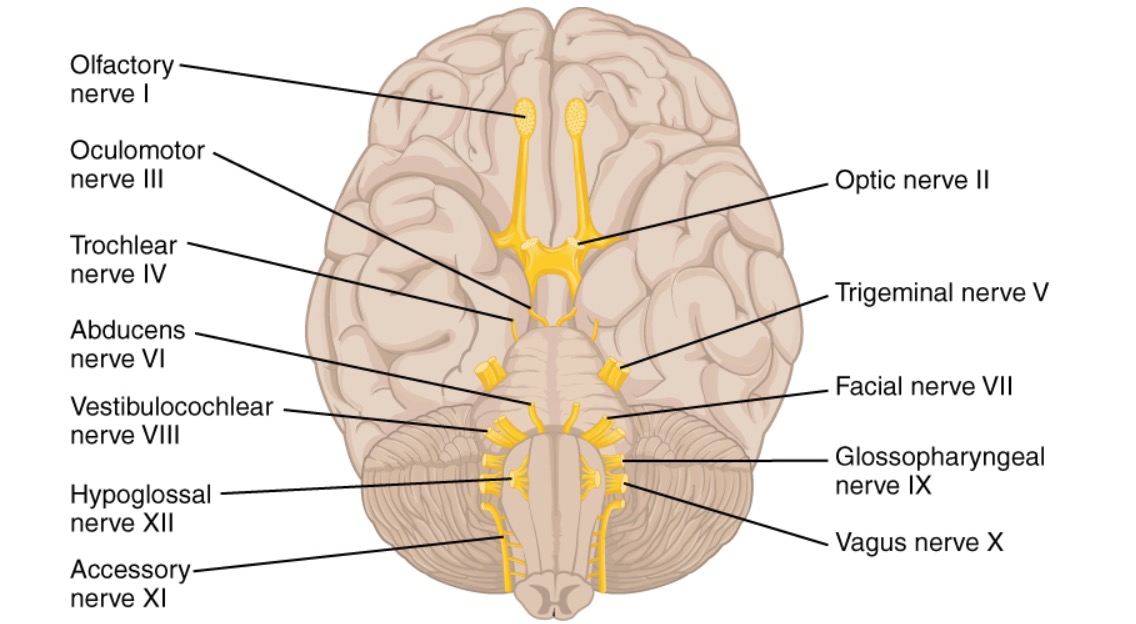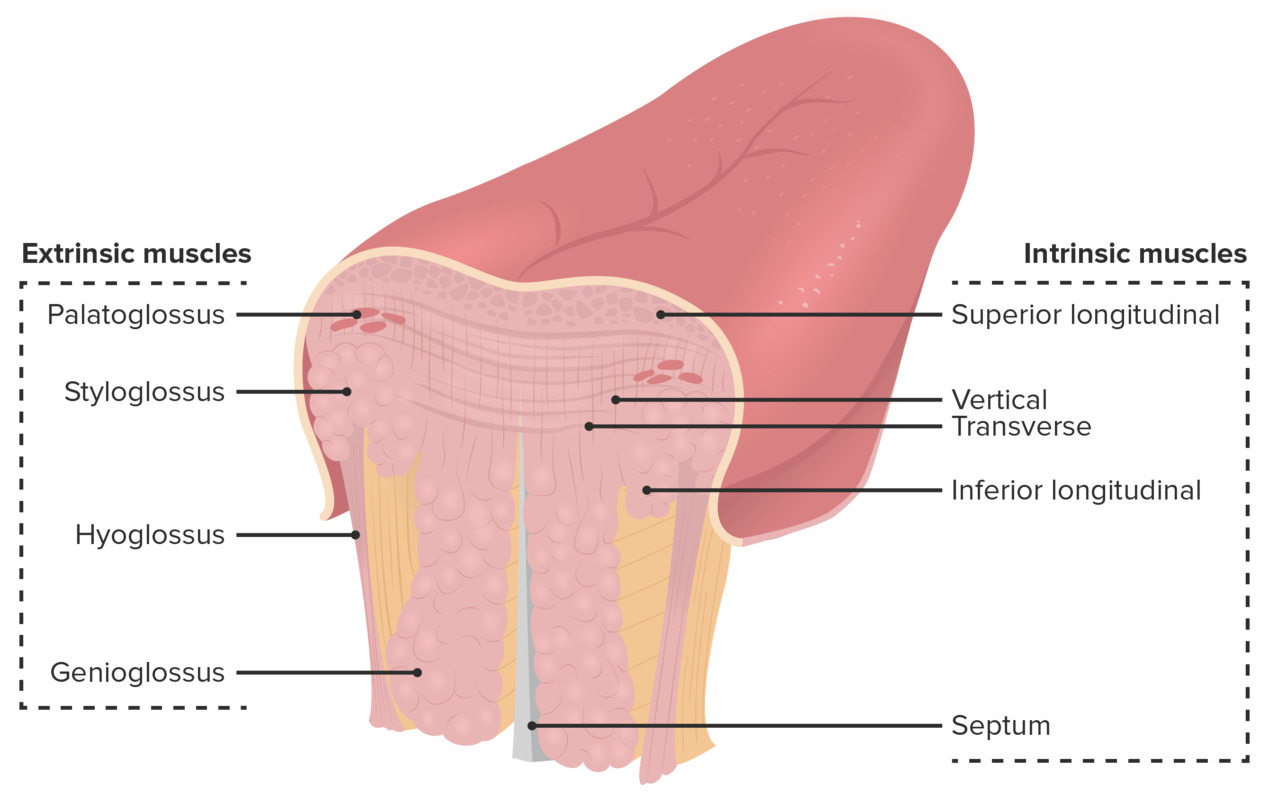Playlist
Show Playlist
Hide Playlist
Taste-Receptors: Types, Structure, Function & Taste Transduction
-
Slides 04 TasteSmell NervousSystem.pdf
-
Download Lecture Overview
00:00 Taste and Smell So taste and smell often times work together but these are very separate senses. 00:09 In fact, one comes from epithelial source, and then smell comes from a neuron. 00:17 Taste Structure Function Relations. 00:20 Here you need to think about what are taste buds. 00:24 Taste buds are going to be these con clamored of different types of cells. 00:29 Different type of cells being type 1, 2 and 3. 00:32 All will sense a little bit different amount of various tastens. 00:38 These tastens are going to be items that will have complexity to them. 00:43 And they will also allow you to sense different parts of the same food in a slightly different way which cause its unique taste. 00:52 So let’s go through how these different types of taste receptors work. 00:59 The first type of taste receptor senses salt. 01:03 And this is a fairly straight forward process. 01:06 You’ll have sodium in the interstitial fluid or in the saliva and that sodium will travel through a sodium channel. 01:14 In fact it’s an ENaC sodium channel. One that we talk about in the kidney and other areas of the body. 01:21 Sodium travelling through the membrane causes membrane depolarization. 01:27 Has the membrane depolarize? Calcium is released through voltage-gated calcium channels. 01:34 That particular calcium will then cause vesicles to dock, and fuse and release a neurotransmitter. 01:41 That neurotransmitter is then sense by a sensory afferent nerve and will send signal back to the brain that, that was salty. 01:50 How other taste work through type two receptors? Bitter, sweet and umami will all be measured in a very similar manner. 01:59 Bitter, sweet or umami. 02:03 These are use a gustin G protein. 02:08 So as they are transduced this specialized G protein will stimulate phospholipase C. 02:15 Phospholipase C converts PIP to DAG and IP3. 02:22 IP3 then travels to the endoplasmic reticulum, binds to IP3 channels that release calcium into the cytosol. 02:32 That calcium is release in the cytosol will do two things. 02:36 One is it activates sodium channels. 02:39 And then sodium is allowed to rush into the cell. 02:42 As that happens it also triggers voltage-gated calcium channels and additional calcium enters into the cell. 02:50 This additional mount of calcium that causes vesicles to dock and fuse and to release sero-neural transmitter to the sensory afferent nerve. 02:59 So doesn’t matter which form of sweet or bitter that you might sense. 03:05 But this will be a complex type of taste receptor and a complex type of signal that sent back to the sensory afferent. 03:17 Our final type of receptor, we have is for sour. 03:20 Sour, there are couple of mechanisms proposed. 03:24 Really, what is sour? Sour is sensing a hydrogen ion. 03:29 So a hydrogen ion can enter the cell through couple of different manners. 03:33 One is with sodium and the other is it could stimulate sodium. 03:38 So how they think this stimulated sodium one works? Is it works through a TRPP3 channel? These TRPP3 channel are assets sensing channels that allowed then sodium to enter into the cell. 03:51 Once again, these causes membrane depolarization. 03:55 As you have membrane depolarization, it activates voltage-gated calcium channels. 04:01 Allows calcium influx into this cell, which then causes membrane docking and fusing to release a certain quanta of transmitter substance to stimulate that sensory afferent nerve. 04:13 Let’s review these three different cell types again. 04:18 For bitter, the substance, which is sense, has bitter binds to G protein-coupled receptor increasing IP3 and calcium and opens up a special TRP channel which depolarizes the cell. 04:35 Sweet, umami working in a similar manner to the same mechanism. 04:40 These both are considered type 2 cells. 04:43 Sour is a type 3 cell. 04:47 In these senses, hydrogen ions. 04:49 And these stimulates hydrogen ions to allow sodium to enter through asset sensing TRPP3 channels. 04:57 This again causes depolarization of the cell. 05:00 And therefore, sending its transduction of taste back to the brain. 05:05 And then, finally we have salt. 05:08 And salt enters by these ENaC sodium channels, depolarizing the cell and causing that signal to be sent back. 05:15 So doesn’t matter which of these four different classifications that you use, any particular food will sense them almost all. 05:25 You will have a different conglomeration of activating on these different four receptors throughout the whole mouth. 05:32 As they are sensed that taste will be a complex mixture of something that will stimulate sweet, maybe a little sour, maybe a little salty and at different portions of the tongue. 05:49 How do you integrate these large taste responses? Well, we have three main cranial nerves that will send the information back to the brain. 05:57 We have the facial nerve, the glossopharyngeal, and the vagus. 06:00 All these will coordinate the information that’s being sent back to the brain. 06:06 The other pieces of taste that are part of the traditional taste receptors are such as fill of the mouth. 06:13 You may have a substance that feels crunchy or maybe that substance feels soft or gushy. 06:21 All those mechanical receptor information, they are sent through a little with different mechanism. 06:27 That is just like the same kind of mechanical information that’s sent through the skin. 06:31 You can also sense items that are hot or burning. 06:36 And this is a temperature, this is a molecule such as capsaicin sensing they particular receptor. 06:44 So that is outside of taste but yet its integrated at the same time. 06:49 So its always a very complex feel, for when you get something in your mouth to determine how it taste to you. 06:56 And you all know that different people have different taste. 07:00 Some people have very spicy taste. Other people have very blunt taste. 07:04 And its just part of how that information of the food stuff that we’re entering into our mouth gets transmitted back to the brain.
About the Lecture
The lecture Taste-Receptors: Types, Structure, Function & Taste Transduction by Thad Wilson, PhD is from the course Neurophysiology.
Included Quiz Questions
Which of the following is the main transducer molecule for G-protein-coupled type II taste receptors?
- Gustducin
- Hydrogen ions
- Sodium
- Adenylyl cyclase
Which of the following G proteins stimulates phospholipase C when type II taste receptors are stimulated?
- Gustducin
- Gs alpha subunit
- Gq protein
- Gs protein
- Transducin
Which of the given primary taste stimuli depend on G-protein-coupled receptors to depolarize the cell?
- Bitter and sweet
- Sour and bitter
- Sour and sweet
- Salty and bitter
- Salty and sour
Customer reviews
5,0 of 5 stars
| 5 Stars |
|
5 |
| 4 Stars |
|
0 |
| 3 Stars |
|
0 |
| 2 Stars |
|
0 |
| 1 Star |
|
0 |





